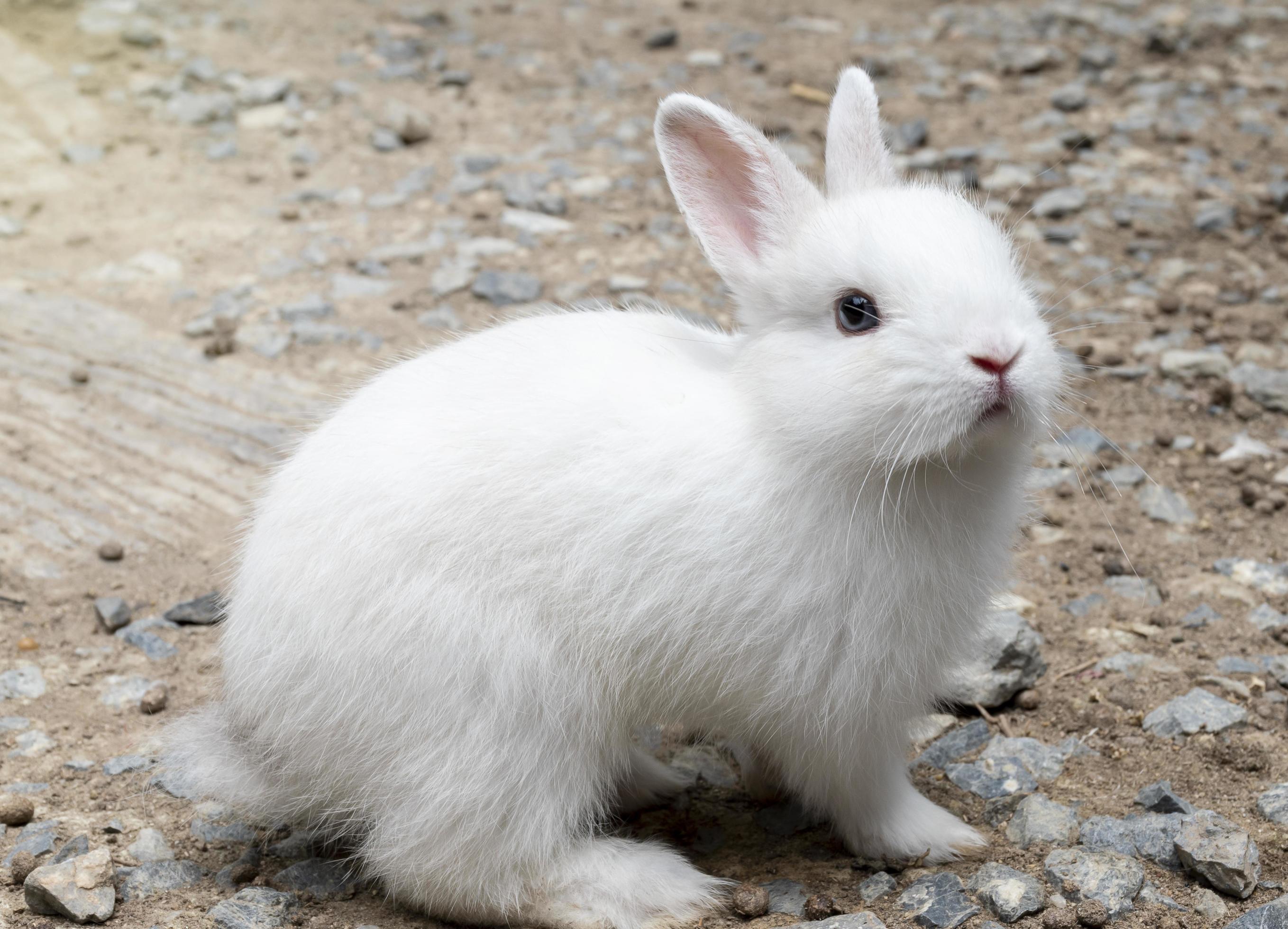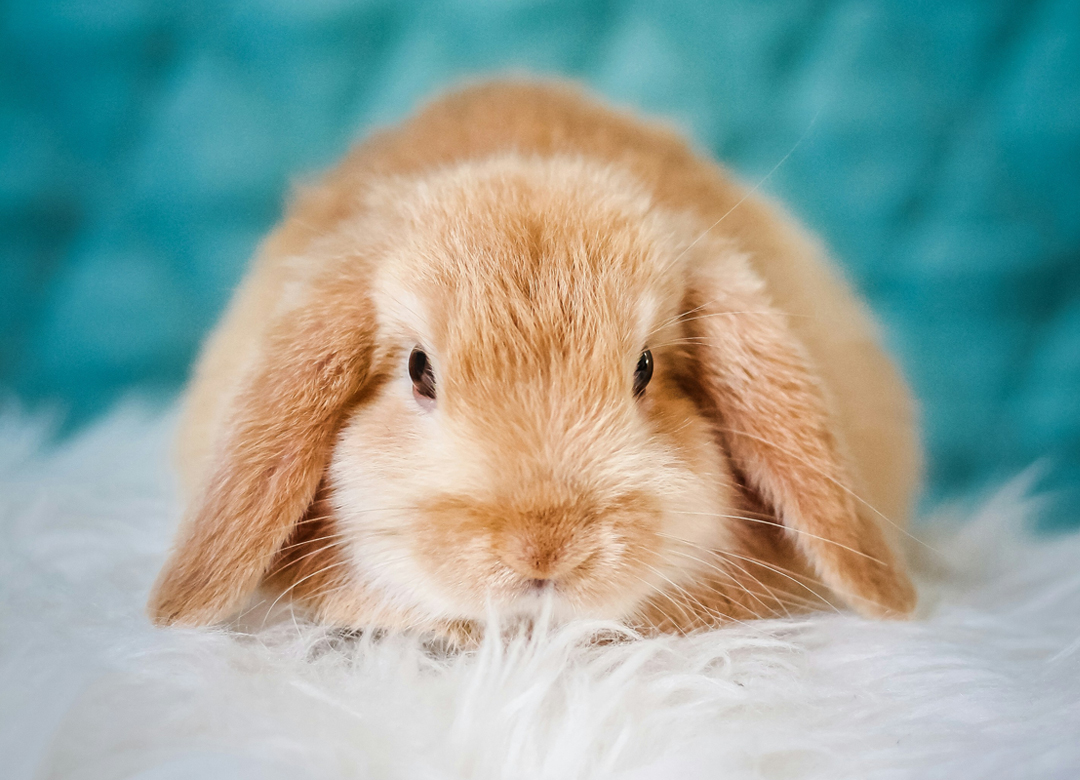
Rabbits Information Website
Physical characteristics
- Appearance: Rabbits have soft fur, long ears, whiskers, and short, fluffy tails. Their coloration varies by species and breed, typically featuring shades of brown, gray, and buff, though some breeds are solid black or feature stripes.
- Vision: Their eyes are positioned on the sides of their heads, giving them nearly 360-degree panoramic vision to watch for predators. They have a small blind spot directly in front of their nose.
- Hearing: A rabbit's large ears can rotate 180 degrees independently to pinpoint the direction of a sound.
- Teeth: Their teeth never stop growing. To keep them from becoming too long, rabbits must constantly chew on hay, grass, and other coarse plants.
Behavior and diet
- Social habits: Rabbits are social animals that live in groups called colonies. Many live in underground burrow systems called warrens. Keeping pet rabbits in bonded pairs or groups is recommended for their mental and physical health.
- Activity: They are crepuscular, meaning they are most active during dawn and dusk. This allows them to forage when visibility is low, offering some protection from predators.
- Defense: As prey animals, rabbits are wary of their surroundings. Their primary defense is to freeze to blend in with their environment or to flee in a zigzag pattern to confuse predators. They may also thump their hind feet on the ground to warn others of danger.
- Coprophagy: Rabbits practice coprophagy, or the re-ingestion of their own droppings. They produce soft, nutrient-rich pellets called cecotropes, which they eat to absorb maximum nutrition from their food.
- "Binky": A unique behavior that indicates happiness is the "binky," which is a hop into the air accompanied by a body twist and kicking of the feet.
Common myths
- Not a starter pet: Rabbits are not low-maintenance pets. They require as much or more time and attention as a cat or dog, including training, exercise, proper housing, and specialized veterinary care.
- Carrots are not ideal: While popularized by cartoons, carrots and other root vegetables are high in sugar and should only be given in moderation as a treat. A rabbit's primary diet should consist of hay and fresh grass.
- Tonic immobility ("trancing") is not relaxing: Placing a rabbit on its back is a defense mechanism that causes the animal to enter a state of "tonic immobility," or feigning death. The rabbit is not relaxed but is in a state of fear and trauma.



